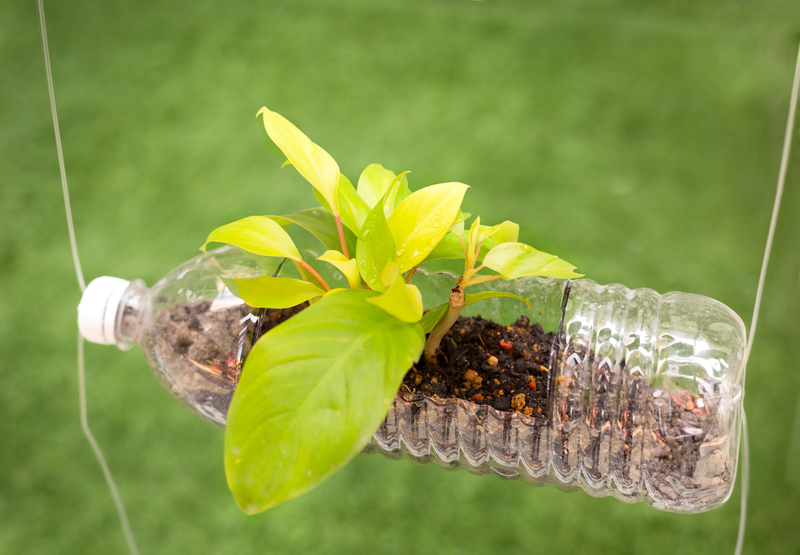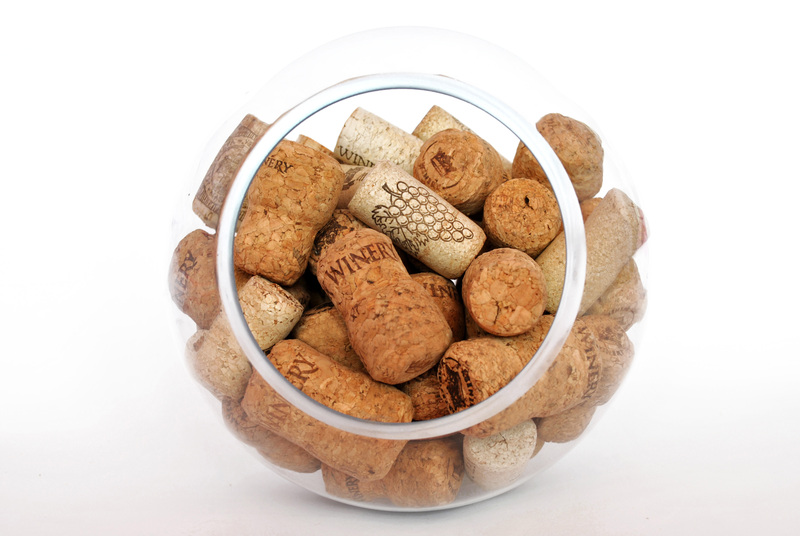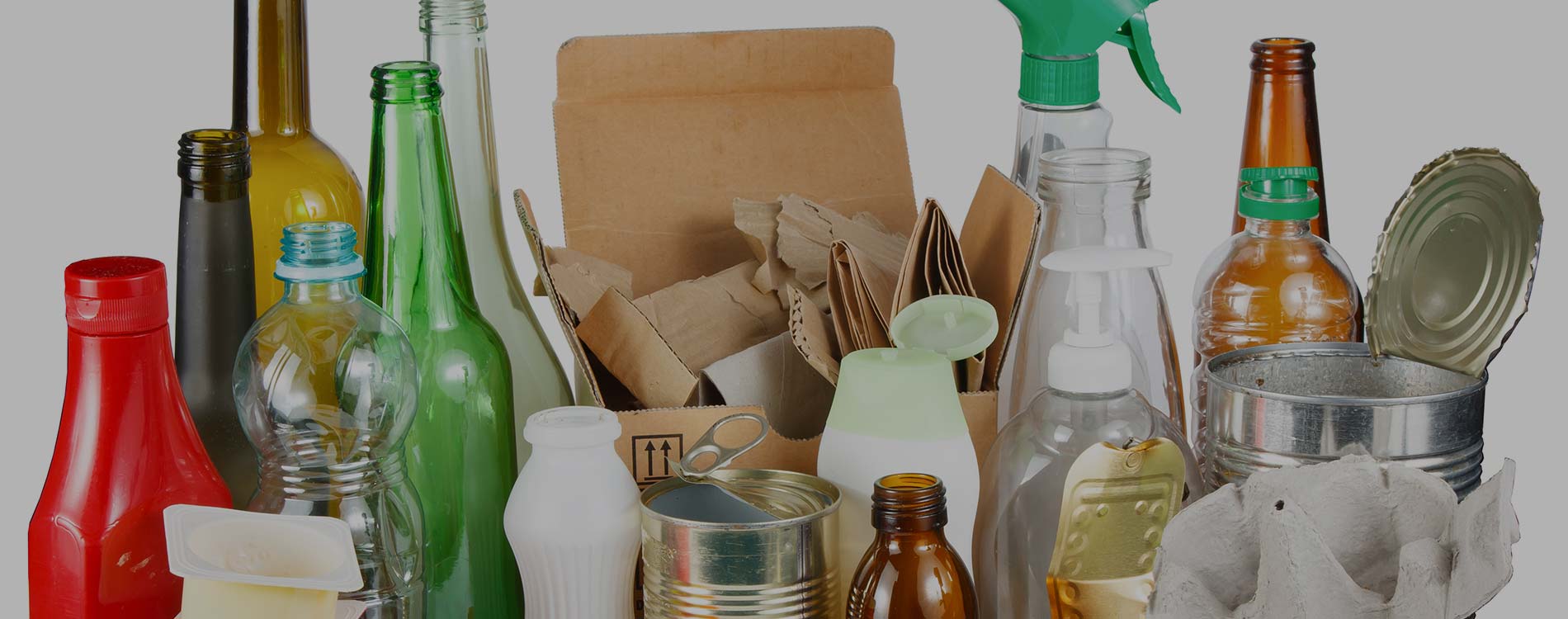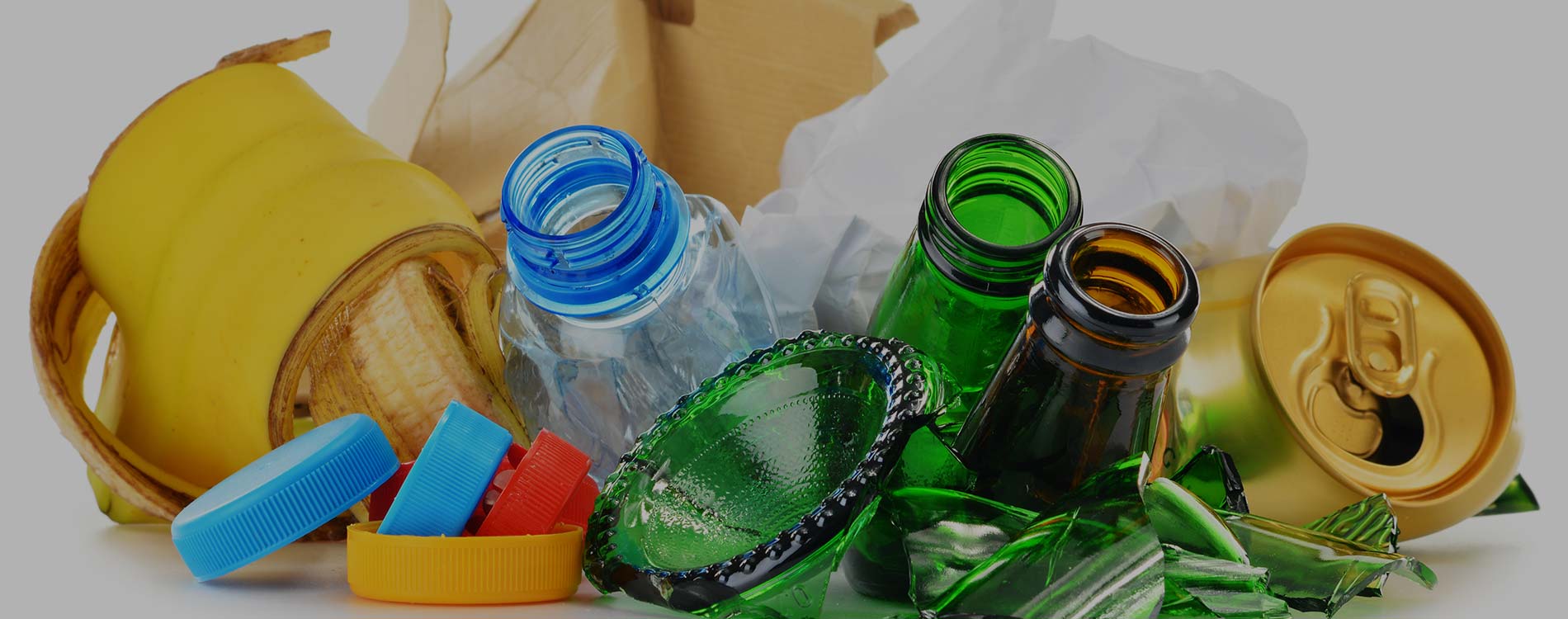Crafting a Sustainable Future: Can We Halt Microplastic Pollution
Posted on 27/06/2025
Crafting a Sustainable Future: Can We Halt Microplastic Pollution?
Every year, trillions of microscopic plastic particles--called microplastics--are released into the environment. They contaminate our oceans, rivers, air, soil, and even our food and drinking water. As awareness of microplastic pollution grows, a profound and urgent question arises: can we halt microplastic pollution and pave the way for a sustainable future?
Understanding Microplastics: The Tiny Invaders
Microplastics are plastic particles less than 5 millimeters in size. They can be found almost everywhere, from the depths of the ocean to the highest mountain peaks. These minuscule pollutants are broadly categorized into two types:
- Primary microplastics: Manufactured intentionally at small sizes. Examples include microbeads in personal care products and industrial abrasives.
- Secondary microplastics: Formed from the breakdown of larger plastic debris through weathering, sunlight, and mechanical processes.
Regardless of their origin, microplastic pollution poses threats to ecosystems, wildlife, and human health. But what can be done to halt this invisible menace?

Sources of Microplastic Pollution: How Does It Enter Our World?
To stop microplastic pollution, it's essential to investigate the myriad pathways through which plastics fragment and disperse. Here are primary contributors:
- Textile fibers: Synthetic fabrics like polyester and nylon shed microfibers with every wash, releasing millions of particles into wastewater.
- Personal care products: Cleansers, exfoliants, and toothpastes formerly contained microbeads, many of which still persist in global markets.
- Car tire wear: Abrasion of vehicle tires produces microplastic dust, which accumulates on roads and is washed into waterways.
- Litter and mismanaged waste: Discarded plastic items break down under exposure to sunlight, wind, and waves, forming tiny fragments.
- Industrial processes: Plastic pellets (nurdles), the precursors to many plastic products, frequently spill and leak during manufacturing and transport.
Understanding the vast scope of microplastic sources helps in shaping effective strategies for mitigation and sustainable living.
The Environmental and Human Health Impacts of Microplastics
The pervasiveness of microplastics has alarming consequences:
Environmental Risks
- Bioaccumulation in Food Chains: Aquatic creatures mistake microplastics for food. These particles travel up the food chain and may end up on our plates.
- Habitat Contamination: Microplastics alter soil composition, water quality, and, subsequently, biodiversity.
- Transport of Toxins: Plastics can adsorb toxins such as pesticides and heavy metals, magnifying their environmental hazards.
Human Health Concerns
While research is ongoing, scientists have detected microplastics in bottled water, tap water, seafood, and salt. Inhalation of airborne particles is another emerging concern. Potential health effects under investigation include inflammation, endocrine disruption, and unknown long-term risks.
Why Halting Microplastic Pollution Is Urgent
Microplastic pollution reduction is crucial for several reasons:
- Irreversibility: Microplastics, once released, are virtually impossible to remove from ecosystems.
- Persistence: Plastic does not biodegrade; it merely fragments, persisting for centuries.
- Global scope: Microplastics have been found in the Arctic, Antarctic, and even remote mountain lakes--nowhere seems untouched.
Given the magnitude and the stealthy, insidious nature of microplastic contaminants, proactive strategies are more vital than ever.
Global Efforts and Policies to Combat Microplastic Pollution
Recognizing the scale of microplastic challenges, governments, scientists, and organizations have initiated diverse policies and programs:
Legislative Measures
- Bans on microbeads: The U.S., U.K., and other countries have banned microbeads in cosmetics and personal care products.
- Limiting single-use plastics: Policies phasing out single-use bags, straws, and containers have indirect benefits--reducing the raw material for secondary microplastics.
- Extended Producer Responsibility (EPR): Many regions require manufacturers to manage the entire lifecycle of their products, promoting eco-design and recycling.
Innovative Wastewater Treatment
Many microplastics escape standard filtration. Newer treatment technologies include:
- Advanced filtration: Nanofiltration and membrane bioreactors can trap smaller particles effectively.
- Bio-based solutions: Using algae and fungi to break down plastics or capture microfibers before they enter water bodies.
Global Agreements
- UN Environment Assembly: In 2022, a historic resolution was adopted to forge an international legally binding instrument to end plastic pollution, including microplastics, by 2024.
- Regional collaborations: The European Union leads with a comprehensive plastics strategy, aiming for all packaging to be recyclable or reusable by 2030.
The Role of Science and Innovation in Halting Microplastic Pollution
Scientific research is expanding the frontiers of what is possible in microplastic mitigation. Here are some exciting developments:
Biodegradable Alternatives
New materials such as bioplastics, made from renewable resources (like cornstarch and algae), are being engineered to break down more efficiently. While promising, they must be designed to degrade under real environmental conditions--not just in industrial composters.
Textile Innovations
- Low-shedding fibers: Research into weaving techniques and new materials aims to reduce microfiber release during laundering.
- Washing machine filters: Appliance manufacturers are developing built-in microfiber-catching filters to trap particles before wastewater discharge.
Cleanup Technologies
- Ocean skimmers: Floating barriers and skimmers collect plastics, but separating microplastics remains difficult due to their size.
- Magnetic extraction: Engineers attach magnetic nanoparticles to microplastics, facilitating their removal from water using magnets.
Ongoing research and investment in innovation are key to breaking the cycle of microplastic contamination.
How Individuals Can Help Halt Microplastic Pollution
While national and international policy changes are critical, individual choices also play a vital role in combating microplastic pollution. Here are some effective steps you can take today:
- Choose natural fibers: Opt for clothing made from organic cotton, linen, hemp, or wool over synthetics.
- Use a microfiber filter: Install filters in your washing machine or wash synthetic clothes less often and at lower temperatures.
- Avoid products with microbeads: Read labels carefully and support companies that use natural exfoliants.
- Proper waste management: Recycle plastics responsibly; never litter.
- Participate in cleanups: Community clean-ups or river monitoring projects can help reduce both macro- and microplastic waste.
- Support legislation: Advocate for local and national policies that advance plastic reduction and sustainable manufacturing.
Crafting a Sustainable Future: Can We Halt Microplastic Pollution Completely?
Realistically, entirely eliminating microplastic pollution in the near future is a daunting challenge. However, substantial reduction is achievable with collective action, innovation, and a shift in our consumption habits.
- Prevention is paramount: Stopping plastic waste before it enters the environment is far more effective than attempting to remove it later.
- Systemic collaboration: Governments, industries, scientists, and citizens must work in tandem for impactful solutions.
- Continuous education: Continued public education about microplastics and their dangers ensures sustained motivation for change.
Future Outlook: Toward a Sustainable, Plastic-Free Planet
Momentum is building. With each ban, innovation, and grassroots action, we inch closer to halting the flow of microplastics. Sustainable packaging, circular economies, and eco-design are more than buzzwords--they are pathways to a cleaner, healthier world.
By embracing responsibility and fostering innovation, humanity can substantially mitigate microplastic contamination. Halting microplastic pollution entirely may not be possible overnight, but together, we can craft a sustainable future--a future where invisible plastic no longer imperils our environment, our health, or generations yet to come.

Frequently Asked Questions About Halting Microplastic Pollution
What are the most critical sources of microplastic pollution?
The main contributors are synthetic textile fibers, tire abrasion, fragmentation of larger plastics, industrial spills, and products containing microbeads.
How can microplastics be filtered out of water?
Advanced filtration systems, including nanofiltration and membrane bioreactors, can effectively reduce microplastics in water treatment plants. However, not all microplastics are captured, underscoring the importance of prevention.
Are there alternatives to traditional plastics?
Yes. Biodegradable bioplastics and compostable materials offer alternatives to standard plastics, but their effectiveness depends on the context and waste management infrastructure.
What can consumers do to help halt microplastic pollution?
- Buy natural fabrics and avoid fast fashion
- Support microplastic bans and responsible brands
- Participate in local clean-up efforts
- Educate others on the importance of reducing plastic use
Conclusion: Forging Solutions for Microplastic-Free Tomorrow
The fight against microplastic pollution is an urgent global challenge that demands bold policies, innovative science, and mindful consumption. While halting all microplastics may seem ambitious, coordinated global action puts a safer, more sustainable future within reach. Every conscious choice--whether by governments, businesses, or individuals--brings us one step closer to ending the microplastic crisis and preserving the planet for generations to come.

 020 3744 2205
020 3744 2205











